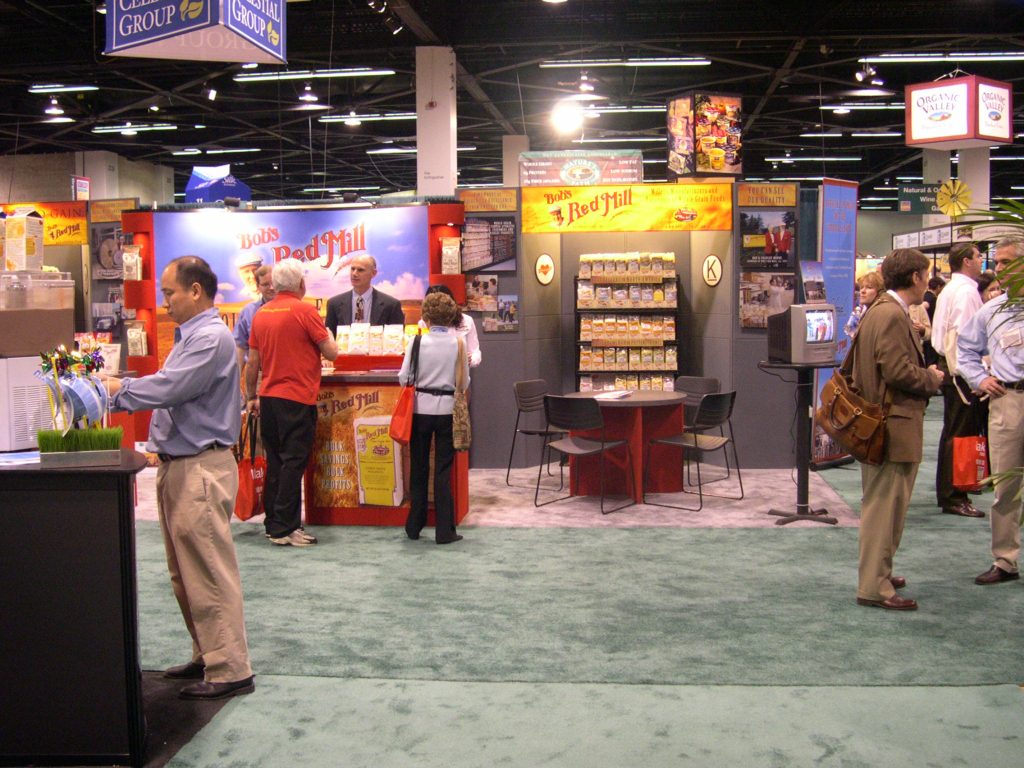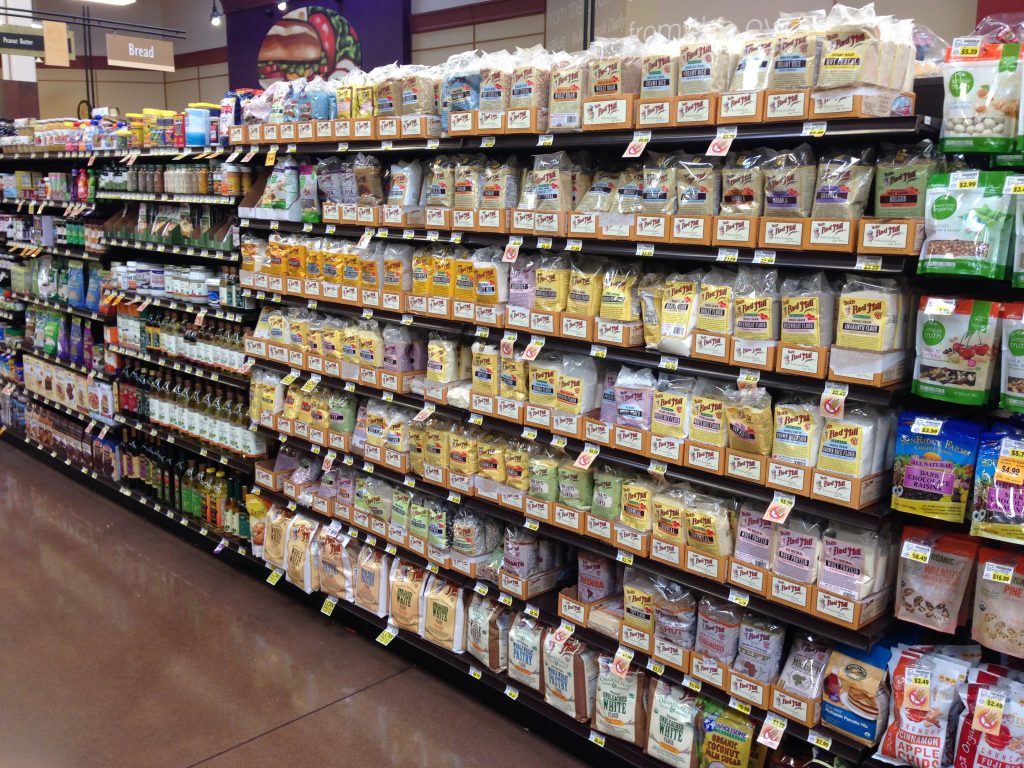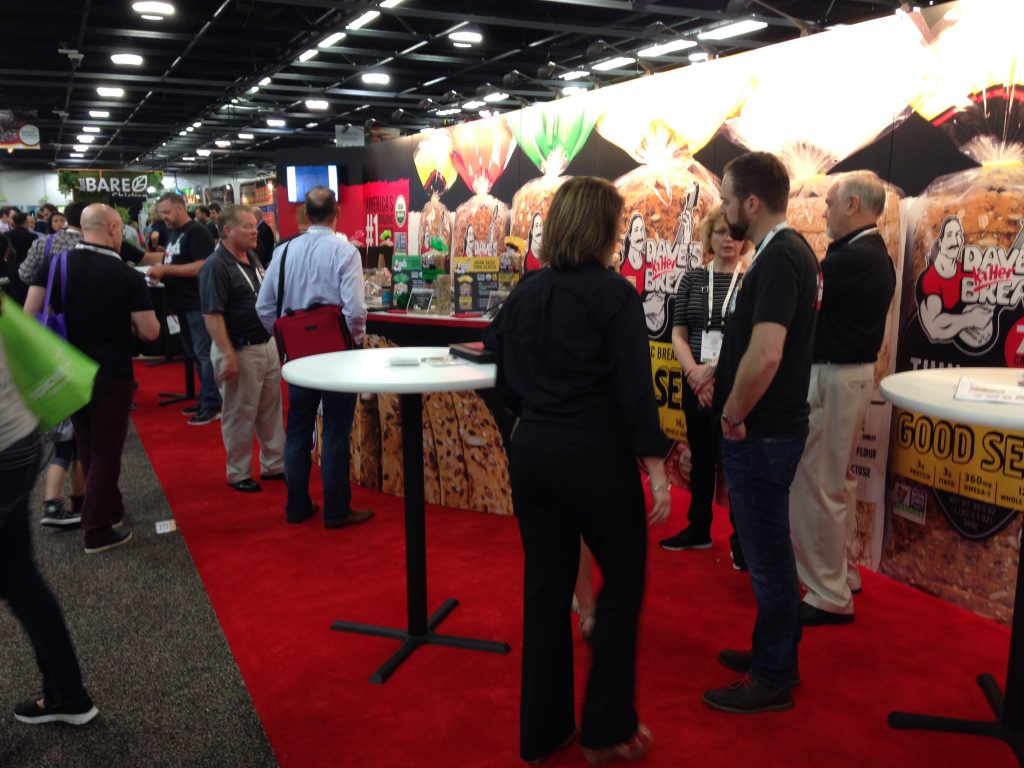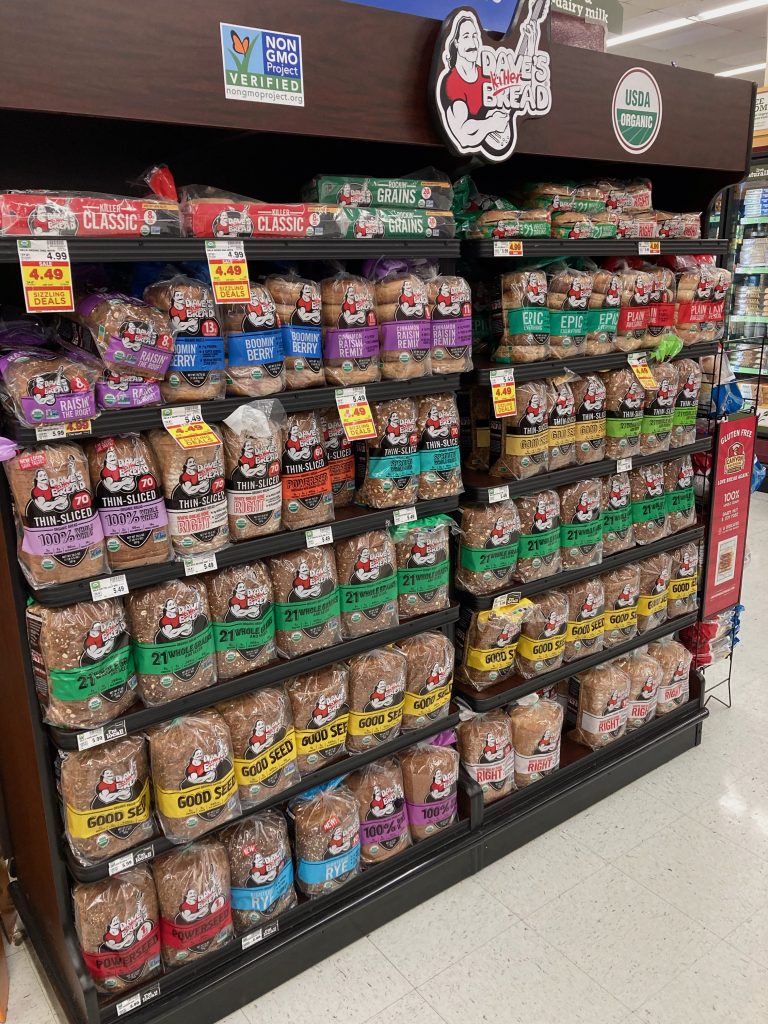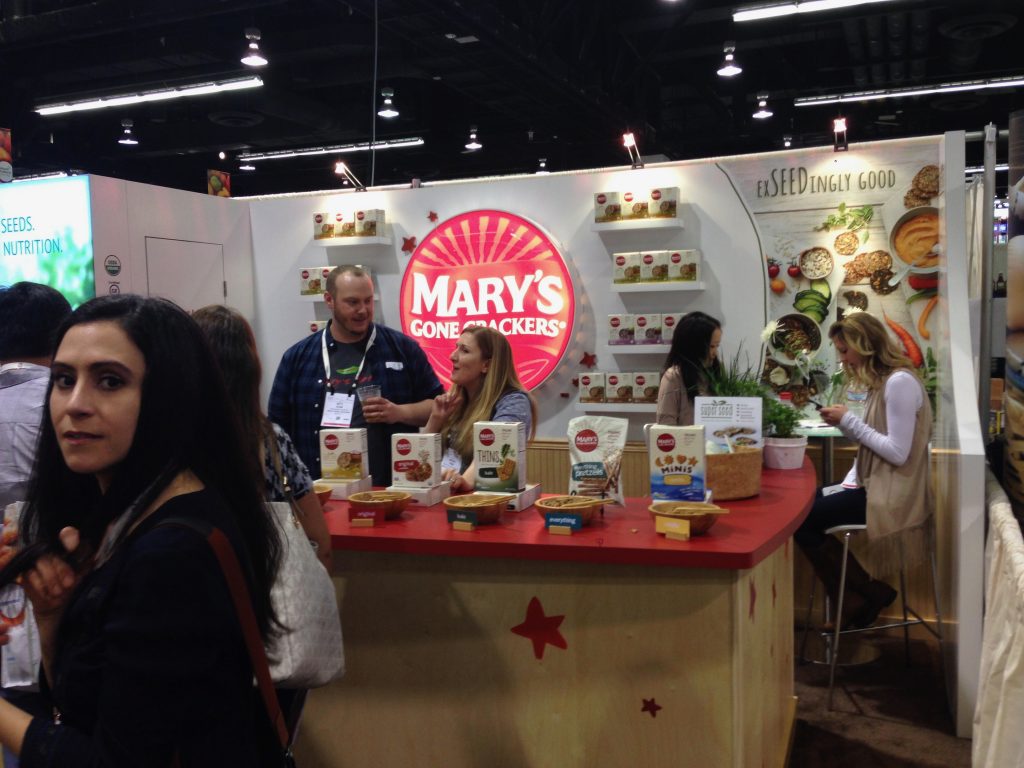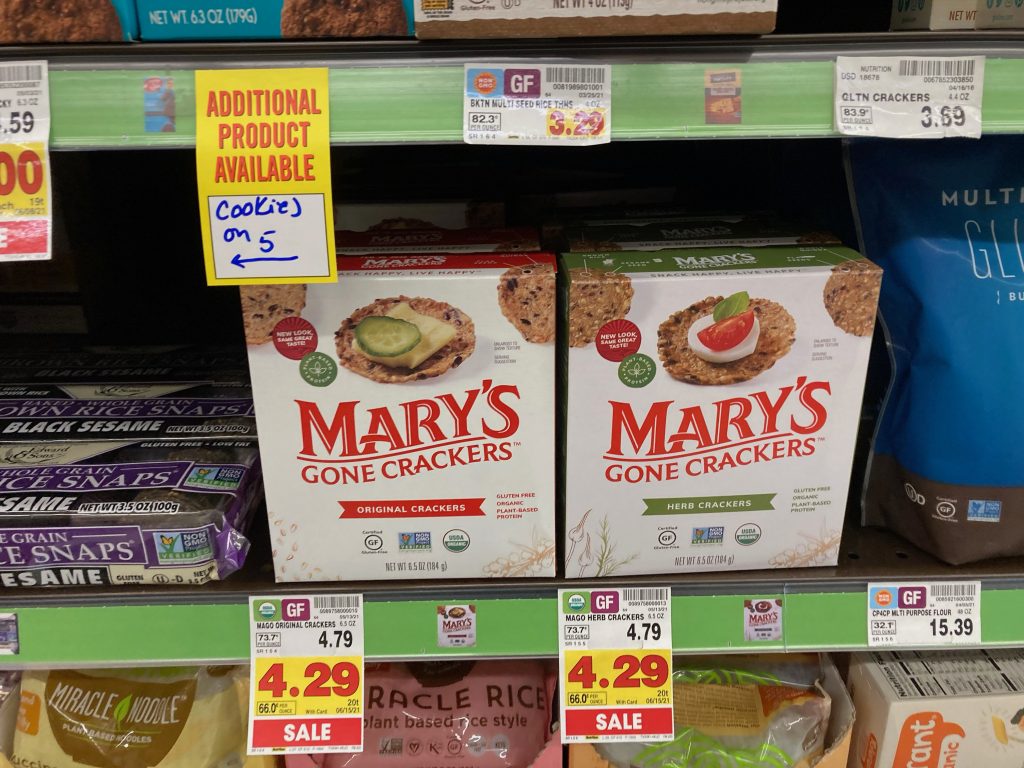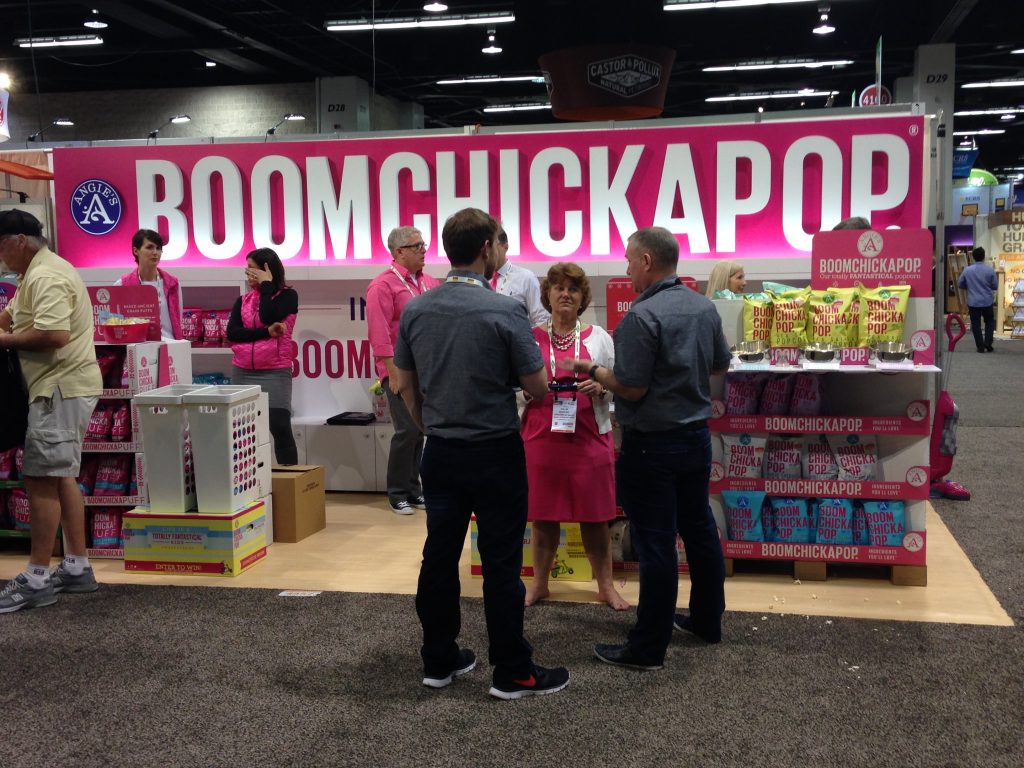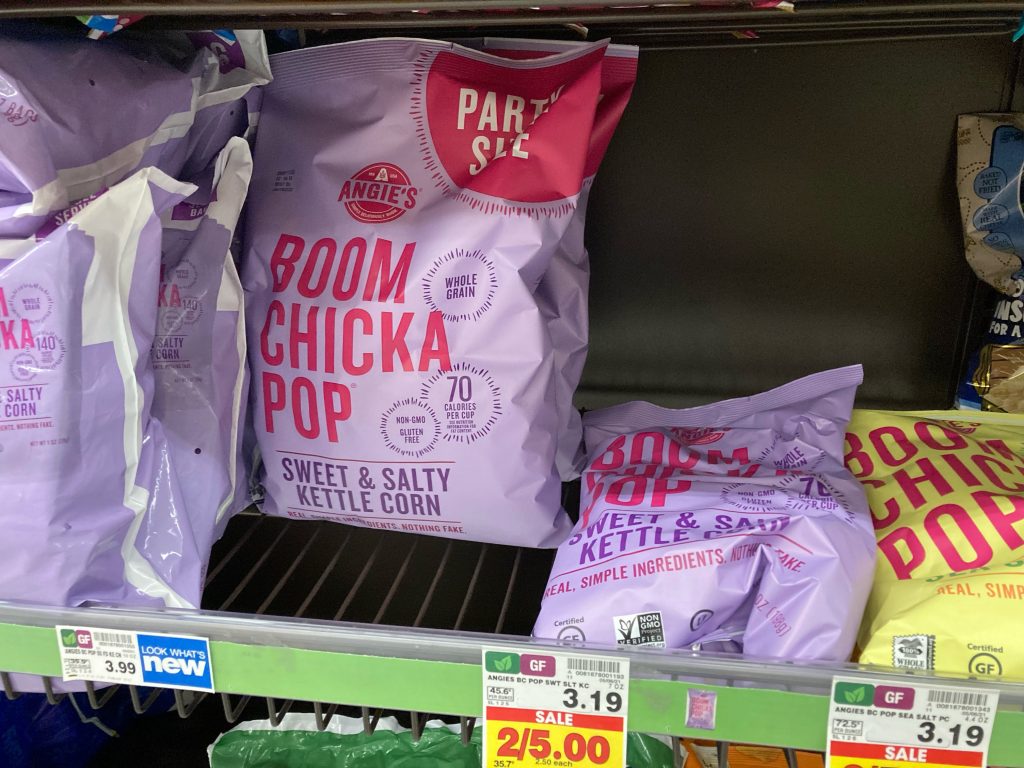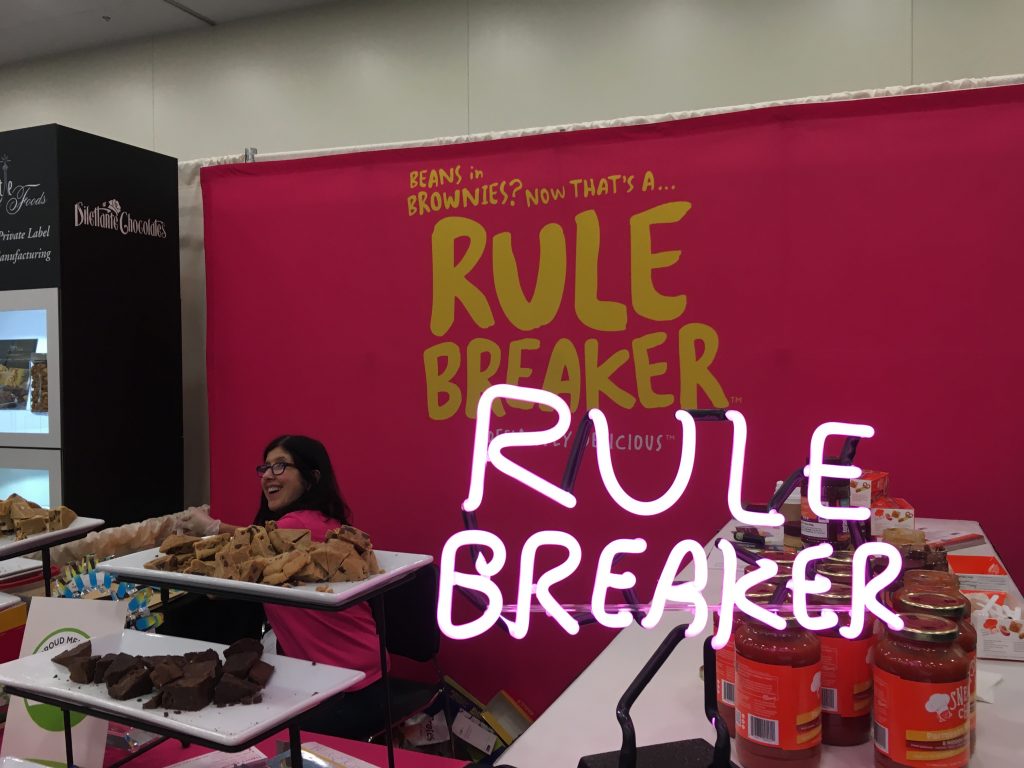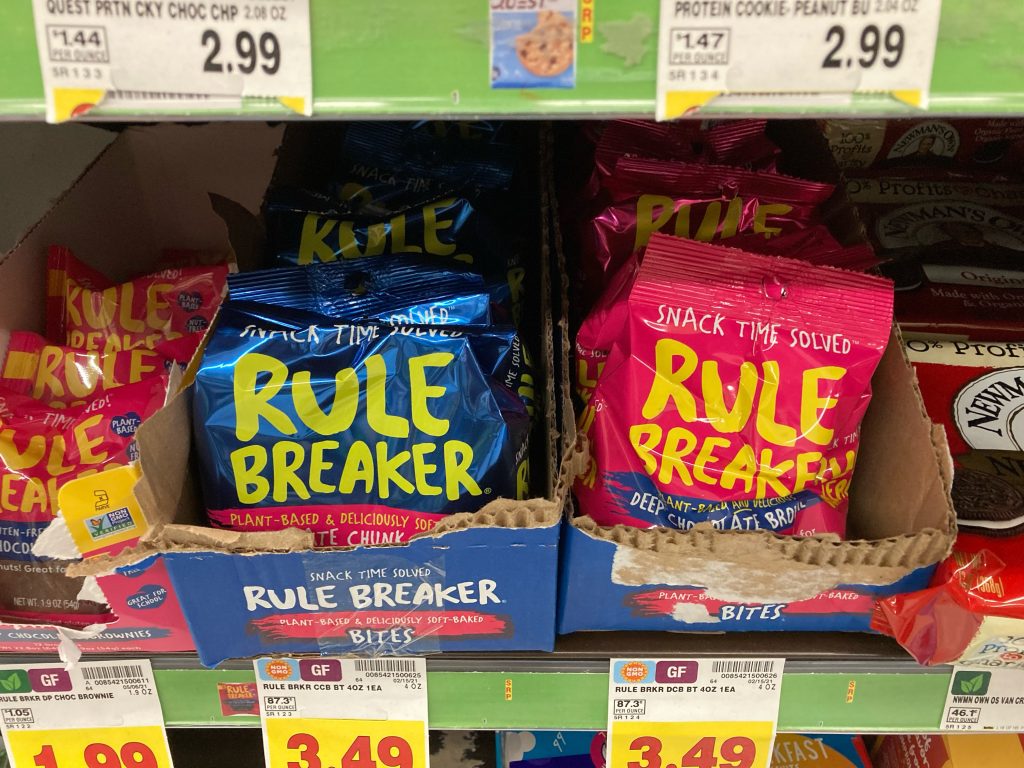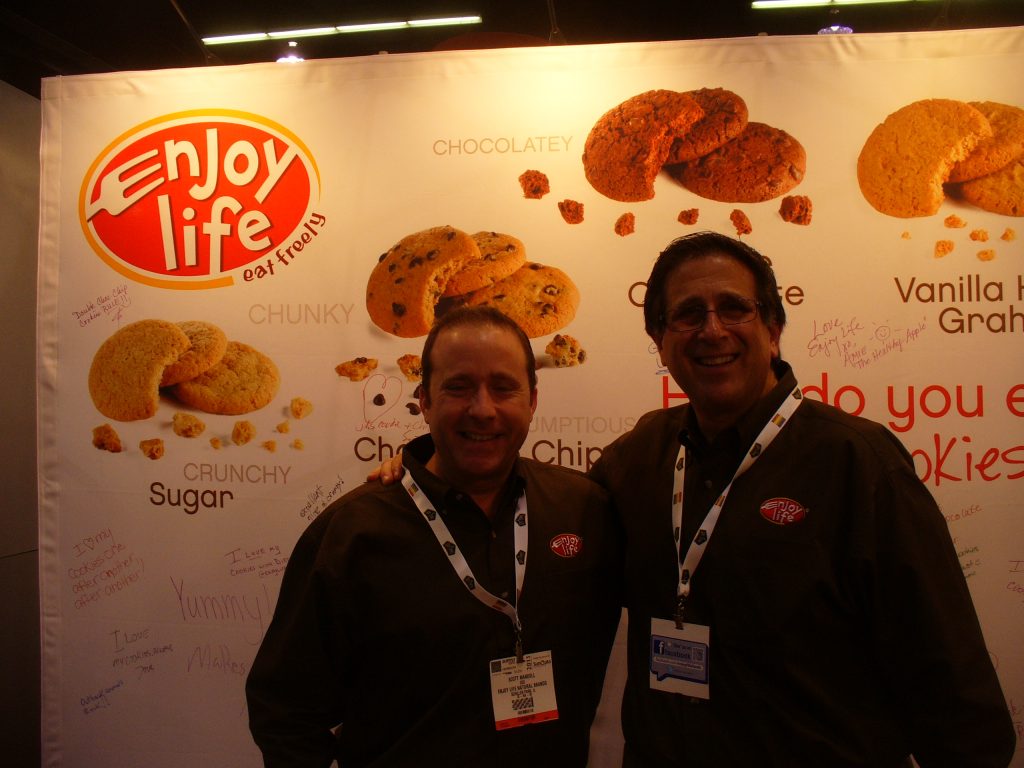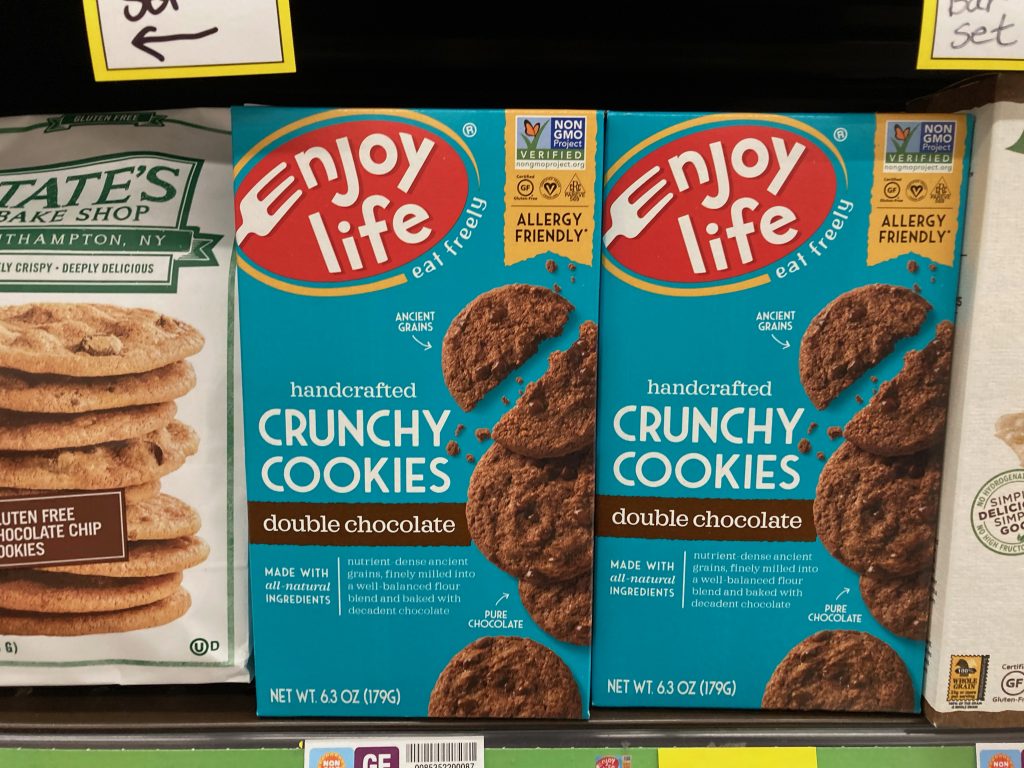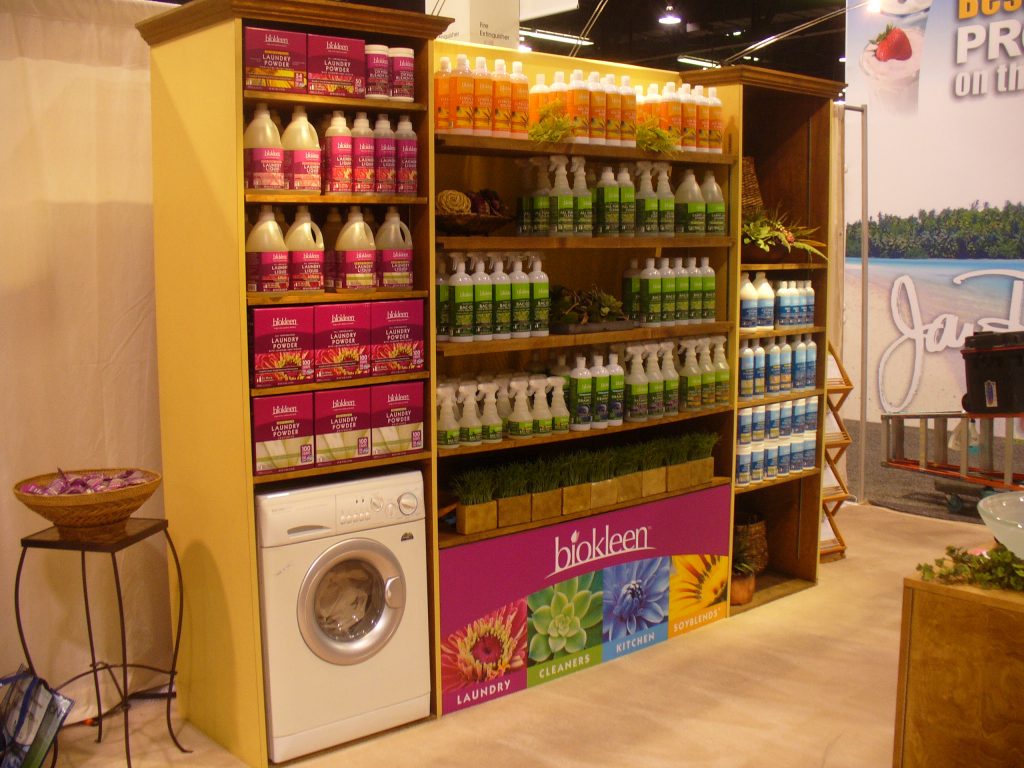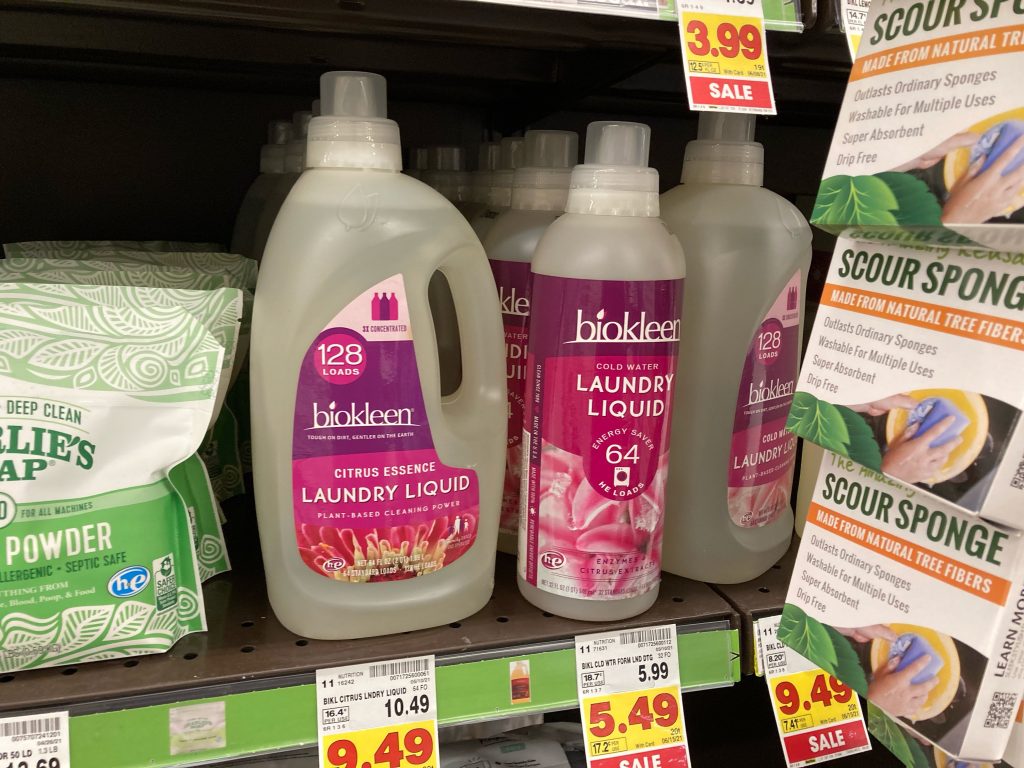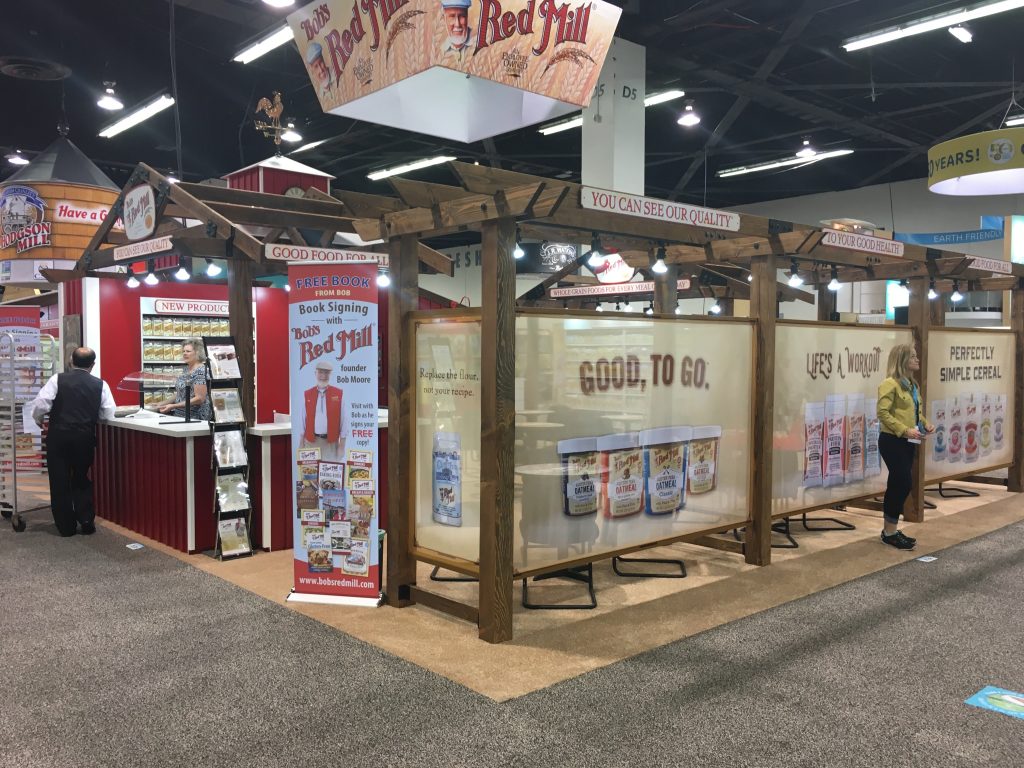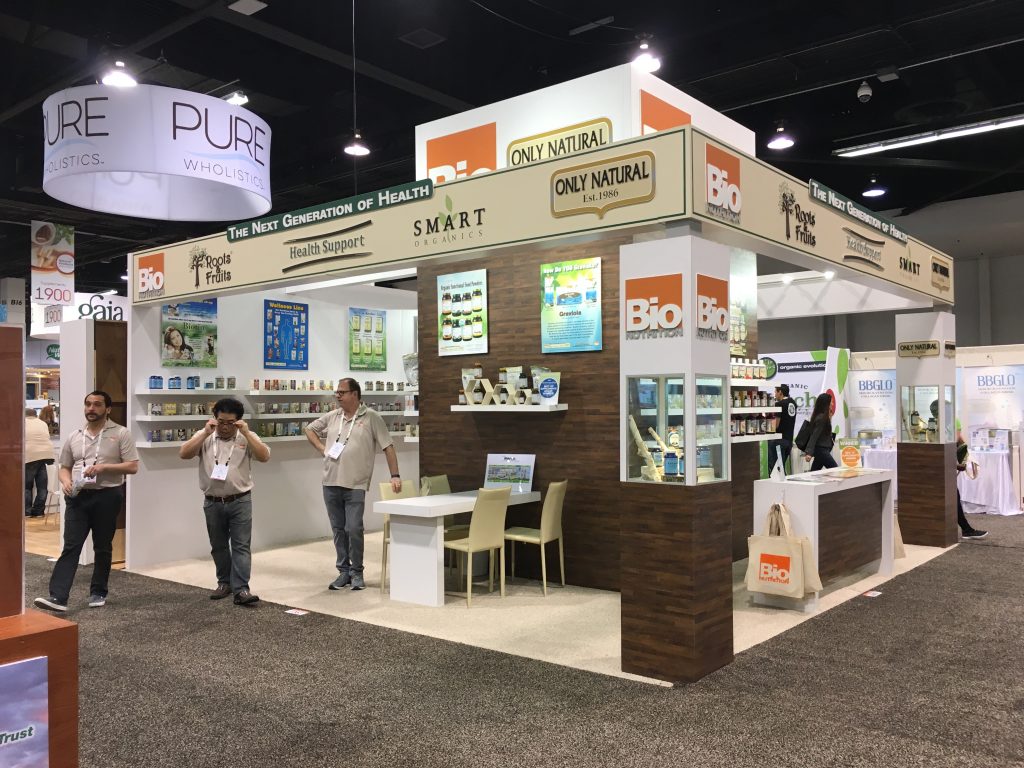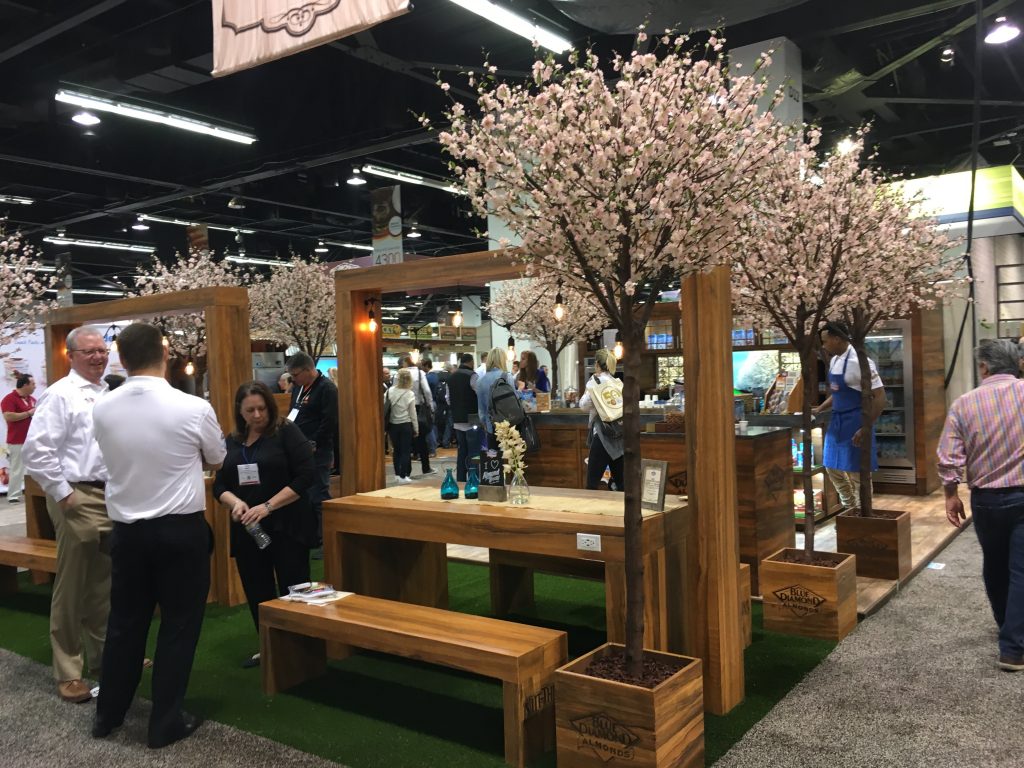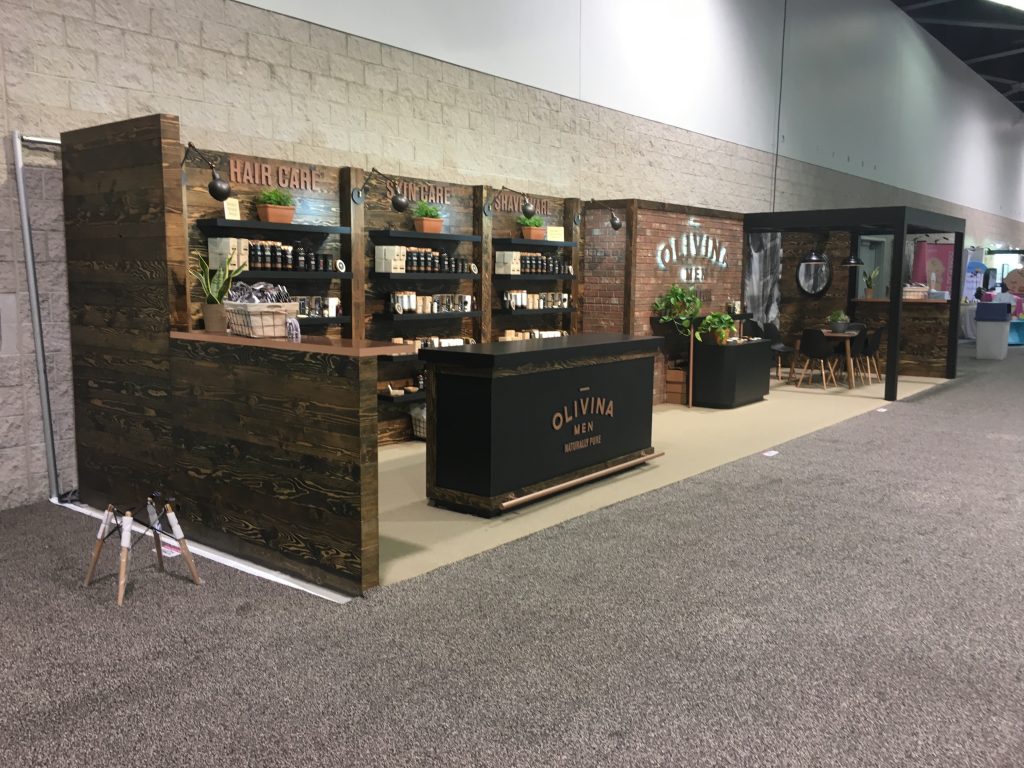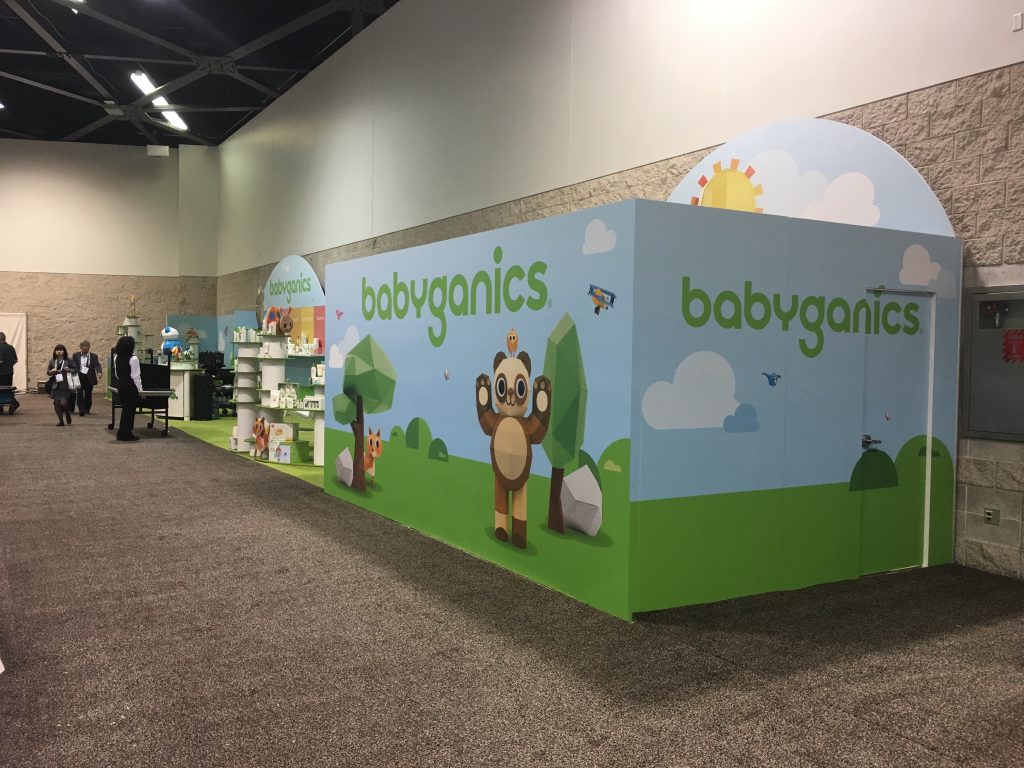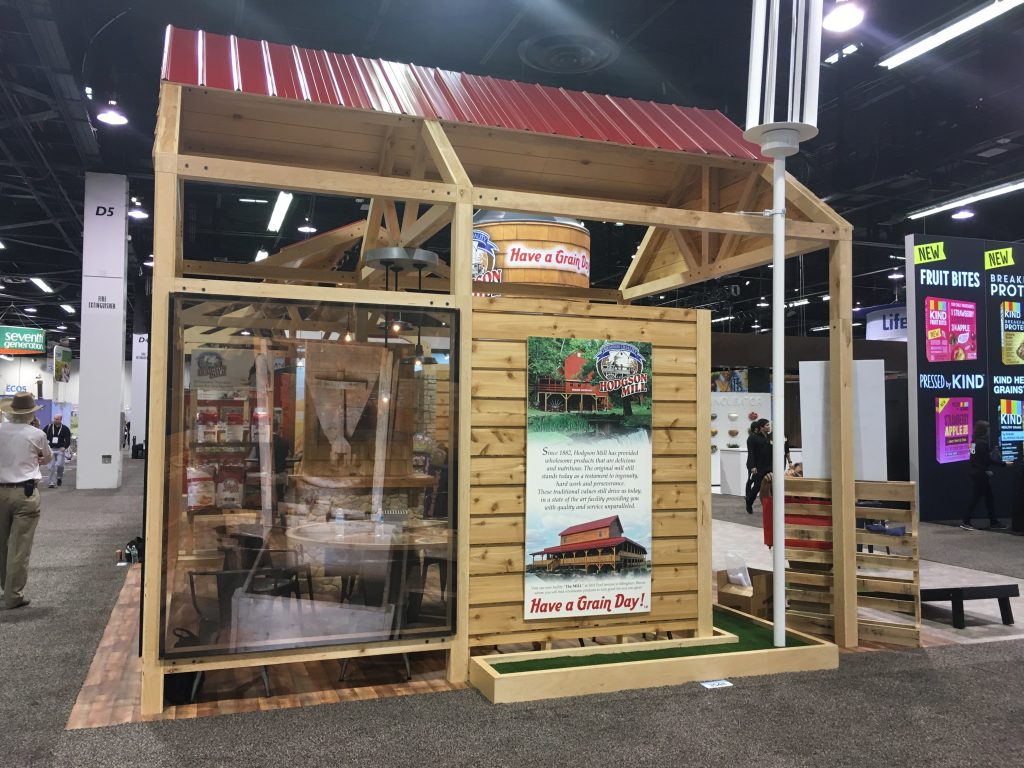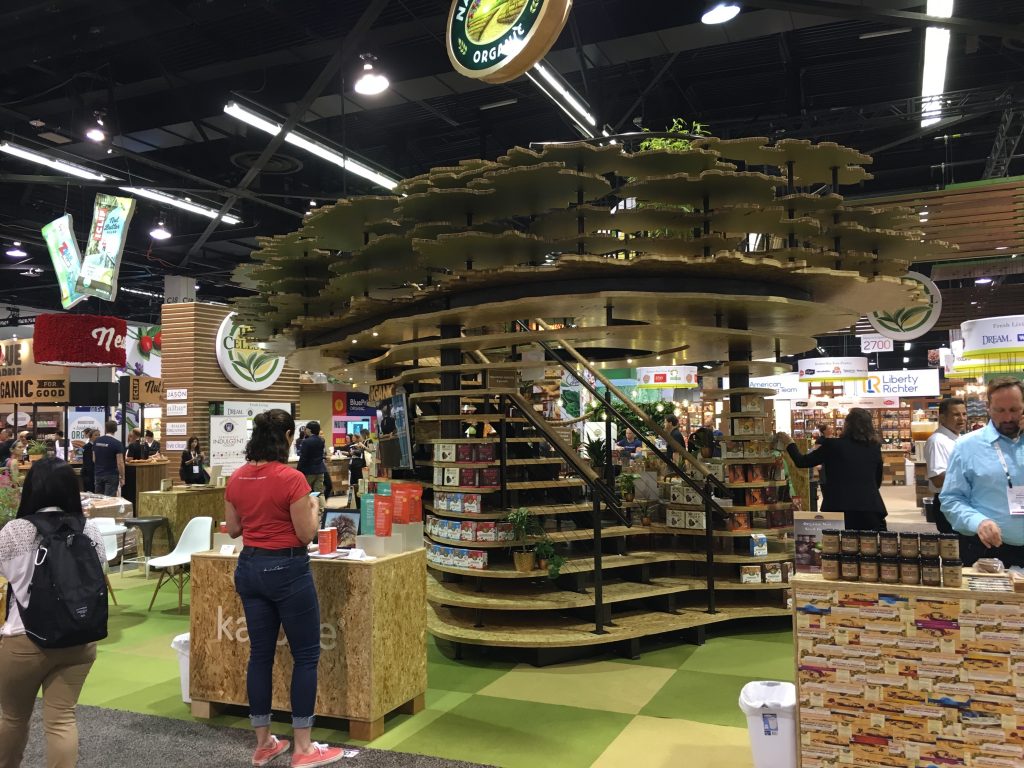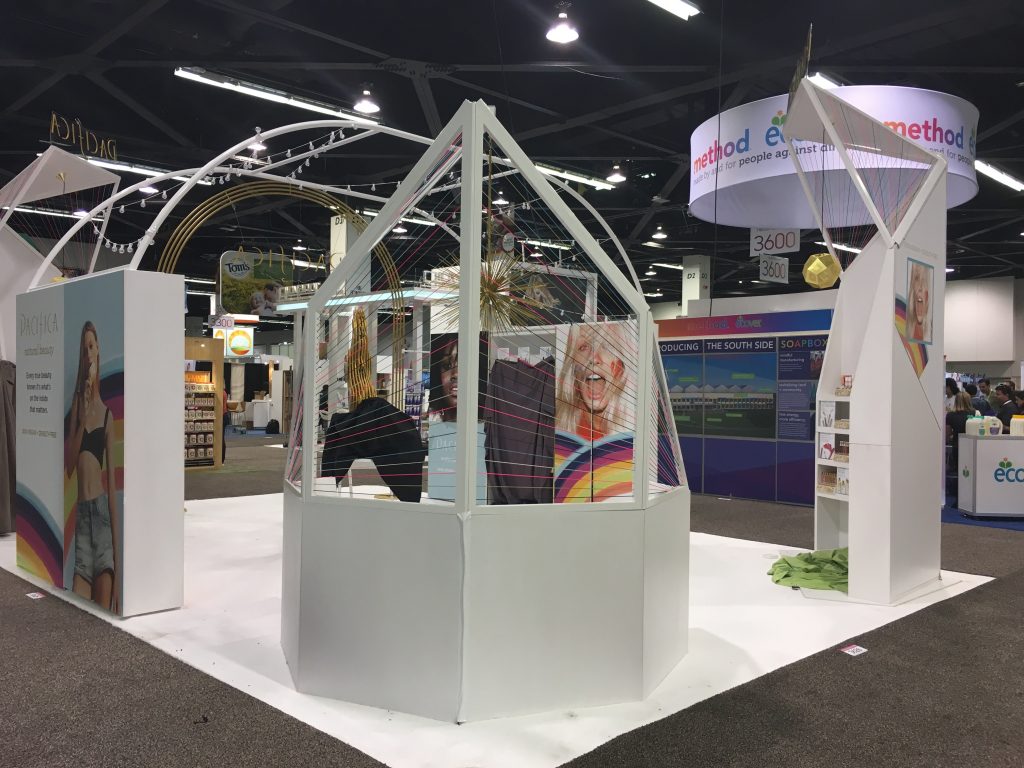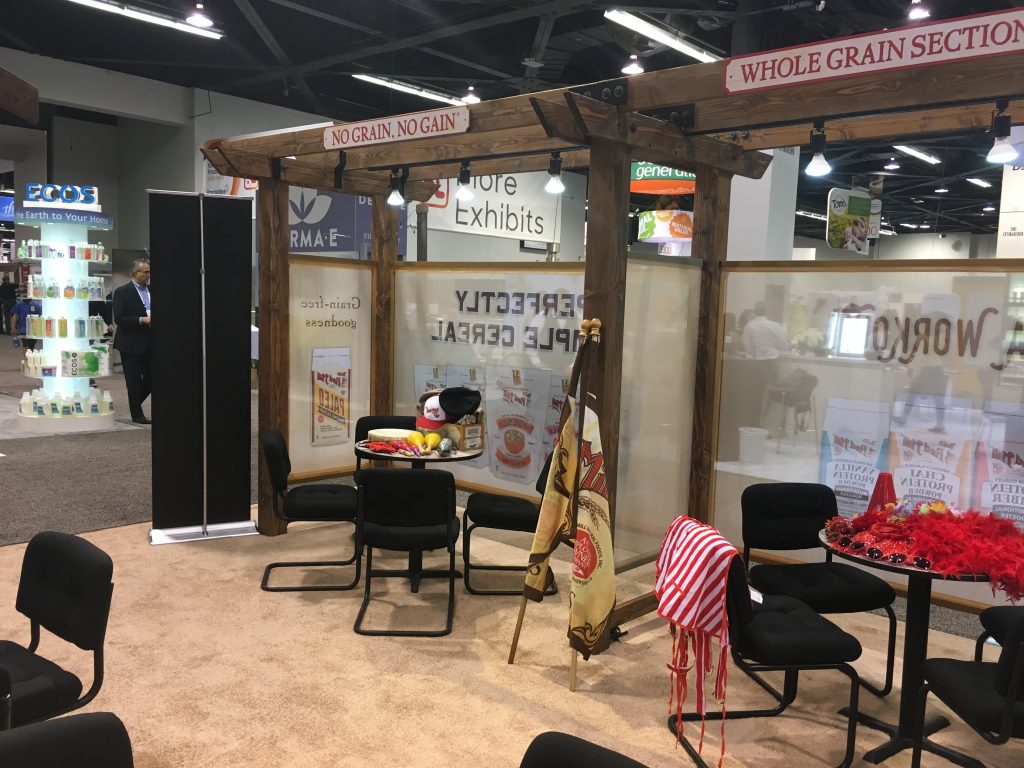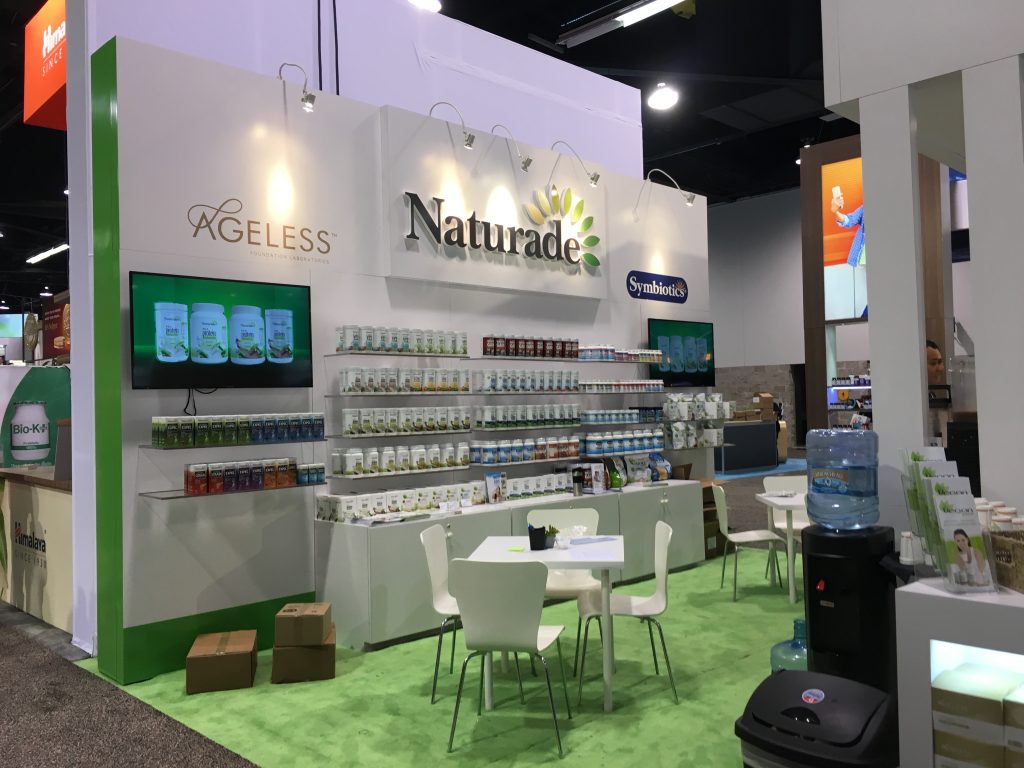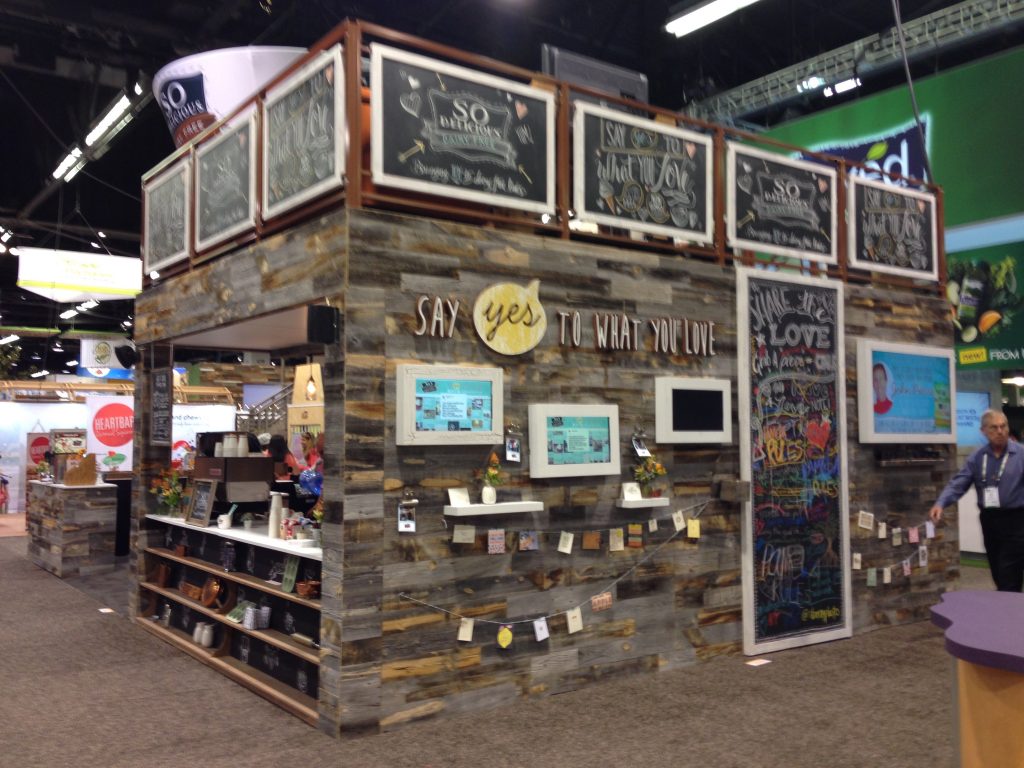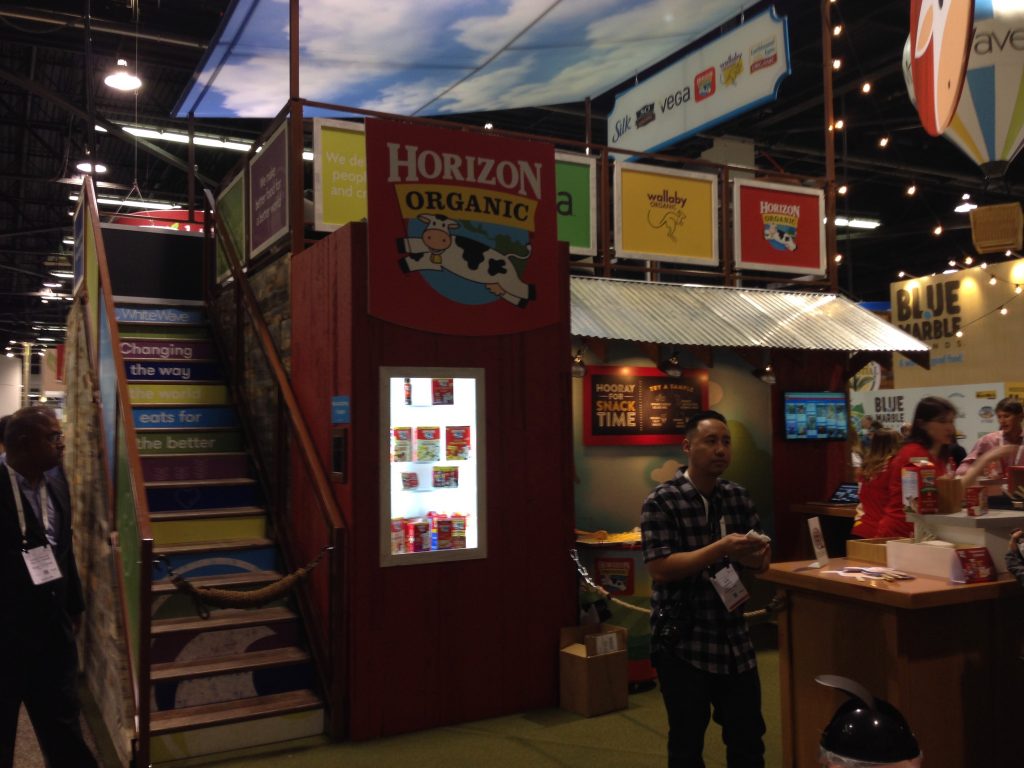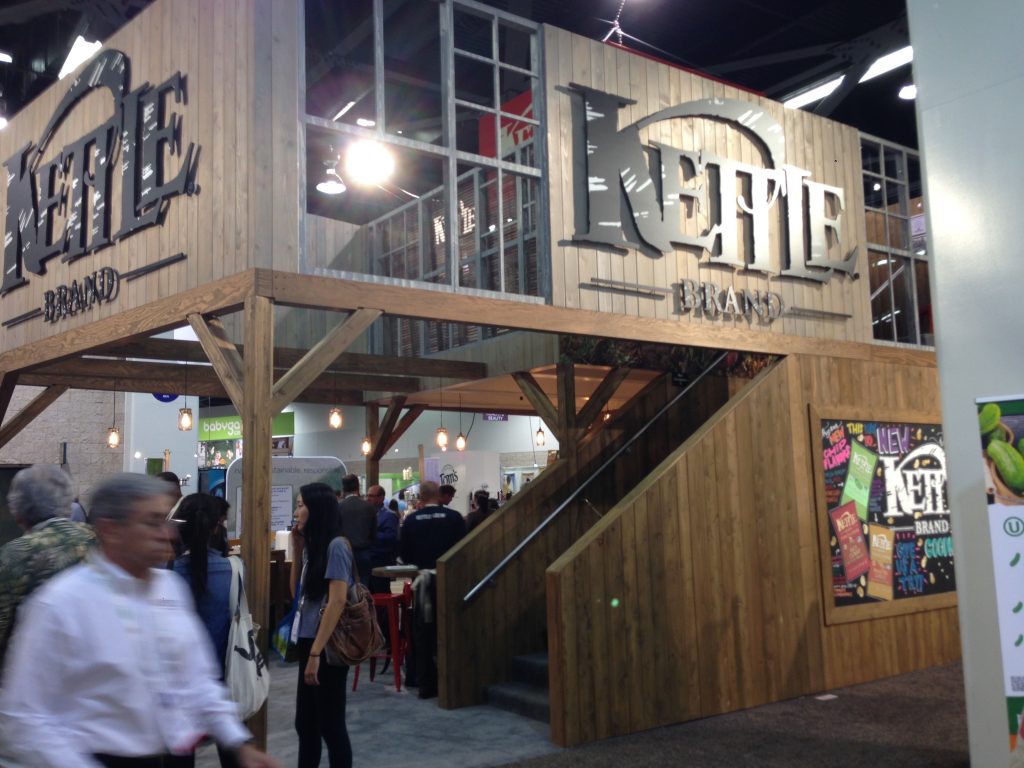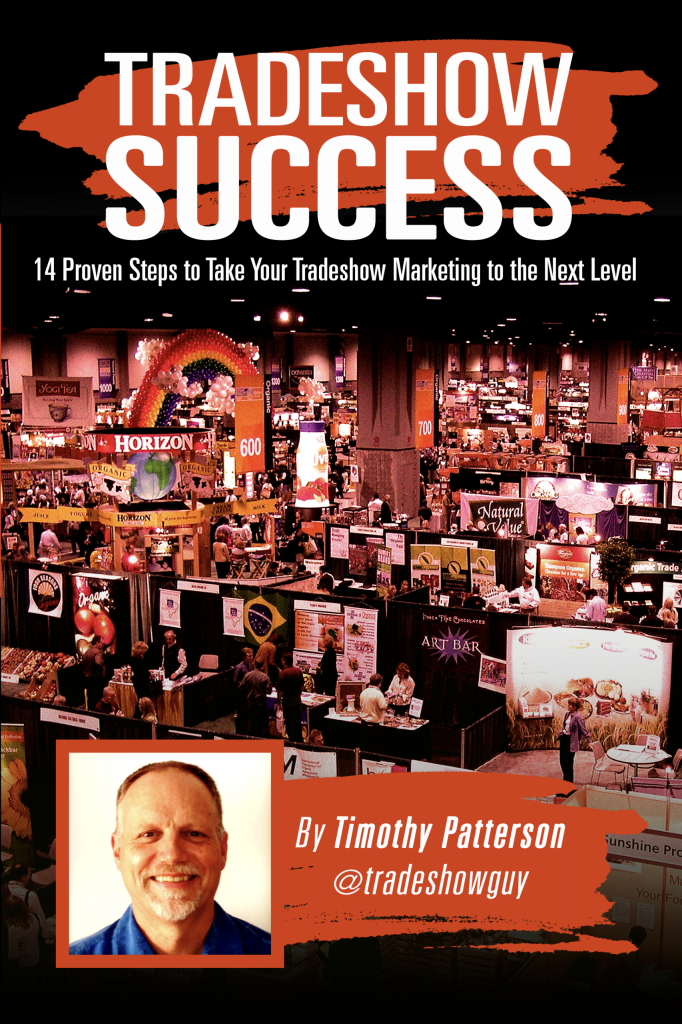Tradeshows Help Take New Brands to Store Shelves
In all the years I’ve been attending Natural Products Expo West (and Expo East a few times), one of the things that I see time and time again is the number of small unknown brands looking to get a toehold in the crowded natural foods industry, and then to see them a year or two or three down the line as they start to appear on local grocery store shelves. And then some of them become much bigger brands, and a small number are sold to larger companies. And it seems like suddenly (although it’s been a years-long effort) that the brand is ubiquitous.
And I’ve been lucky enough to work with a few of them: Bob’s Red Mill, which was a growing brand when we started to work together around 2006. They’re world-wide now and Bob’s iconic face has appeared on billions and billions of product packages. Or Kettle Chips, which was a well-known regional brand on their way to national and international status when they became my first client in 2002. Since then, they’ve been bought and sold at least two or three times (okay, at least four – I looked it up) and are currently part of the Campbell Soup Company as of March, 2018.
We started working with Schmidt’s Naturals five years ago. At the time they were an up-and-coming Portland brand started in a garage. In the handful of years we worked with them on tradeshow exhibiting, they went from that small company to being purchased by Unilever and are now, as they say, ubiquitous.
There are plenty of other examples of brands that made their first appearance at Natural Products Expo West (this is getting to sound like a commercial for the show, isn’t it?) that I see on grocery store shelves: Brazi Bites, Mary’s Gone Crackers, Castor and Pollux Pet Food, Boom Chicka Pop, Rule Breaker and more.
I have no doubt it’s not a straight line from the tradeshow floor to the grocery shelves, but I firmly believe that many of these brands would not be where they are now without the benefit of consistent tradeshow marketing.
Check out this gallery of photos including exhibits from the show floor and how those products appeared this week on grocery shelves of a local store.

